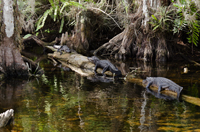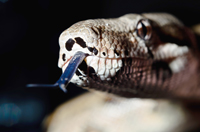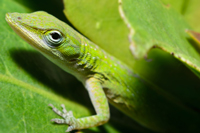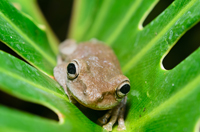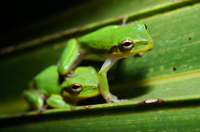Reptiles and Amphibians
Reptiles
Reptiles are members of a group of air-breathing, cold-blooded vertebrates which are characterized by laying shelled eggs (except for some vipers and constrictor snakes that give live birth), and having skin covered in scales and/or scutes. They are tetrapods, either having four limbs or being descended from four-limbed ancestors. Modern reptiles inhabit every continent with the exception of Antarctica. Reptiles originated around 320-310 million years ago during the Carboniferous period, having evolved from advanced reptile-like amphibians that became increasingly adapted to life on dry land.
Amphibians
Amphibians (class Amphibia, from Amphi- meaning "on both sides" and -bios meaning "life") are a class of vertebrate animals including animals such as toads, frogs, caecilians, and salamanders. They are characterized as non-amniote ectothermic (or cold-blooded) tetrapods. Most Amphibians undergo metamorphosis from a juvenile water-breathing form to an adult air-breathing form, but some are paedomorphs that retain the juvenile water-breathing form throughout life.
